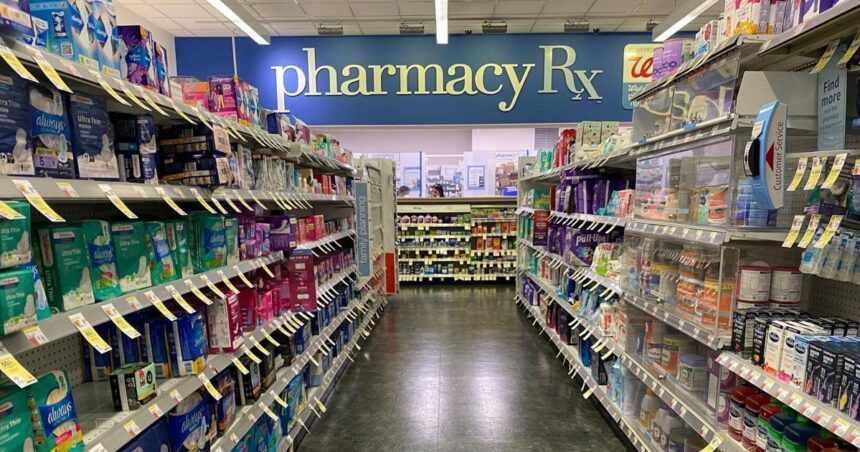Walgreens said Thursday that it plans to close a “significant” number of its roughly 8,600 stores in the United States. About 25% of Walgreens’ stores aren’t profitable, and the chain will look to close stores that are right by one another or struggling to hold down theft, CEO Tim Wentworth said in an interview with the Wall Street Journal.
Walgreens and other retailers have been hit by shoplifting and resorted to locking up items or closing high-theft stores since the pandemic, but Walgreens’ problems are much deeper, including competition and failed growth strategies. Walgreens admitted last year it “cried too much” over the business impact of shoplifting.
People are also reading…
The latest closures are part of a larger downturn, not just for Walgreens, but for other drug store chains, too, after years of expansion. Walgreens said in 2019 it would close 200 stores and last year announced an additional 150 store closures.
“We are at a point where the current pharmacy model is not sustainable,” Wentworth said.
CVS, the largest US chain, closed 244 stores between 2018 and 2020. In 2021, it announced plans to close 900 stores. And Rite Aid filed for bankruptcy last year and will close up to 500 stores.
Walgreens, CVS and Rite Aid are closing thousands of drug stores across America. Pictured is a Walgreens store in Queens, New York.
Shifting trends
Drug store chains are struggling because of falling reimbursement rates for prescription drugs, according to analysts who cover the industry.
The majority of drugstores’ sales comes from filling prescriptions. But their profits from that business have dropped in recent years because of lower reimbursement rates for prescription drugs and higher fees.






